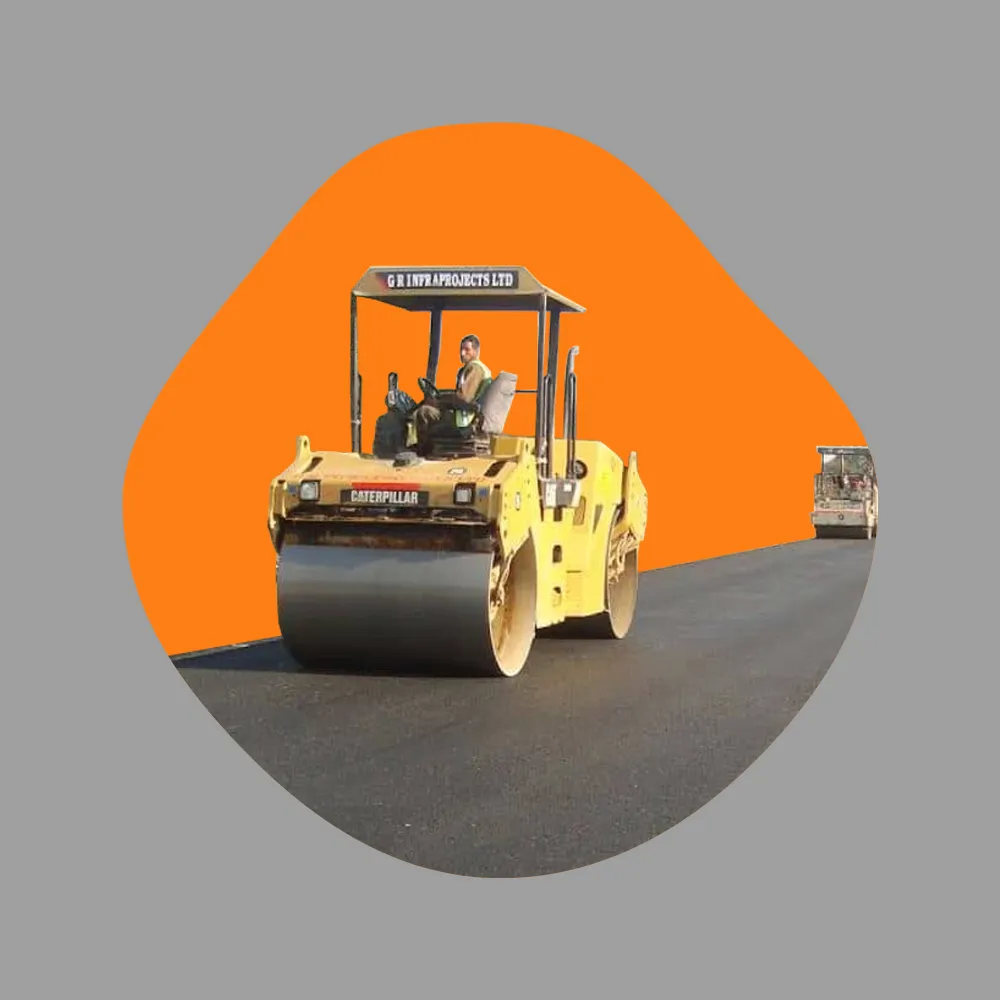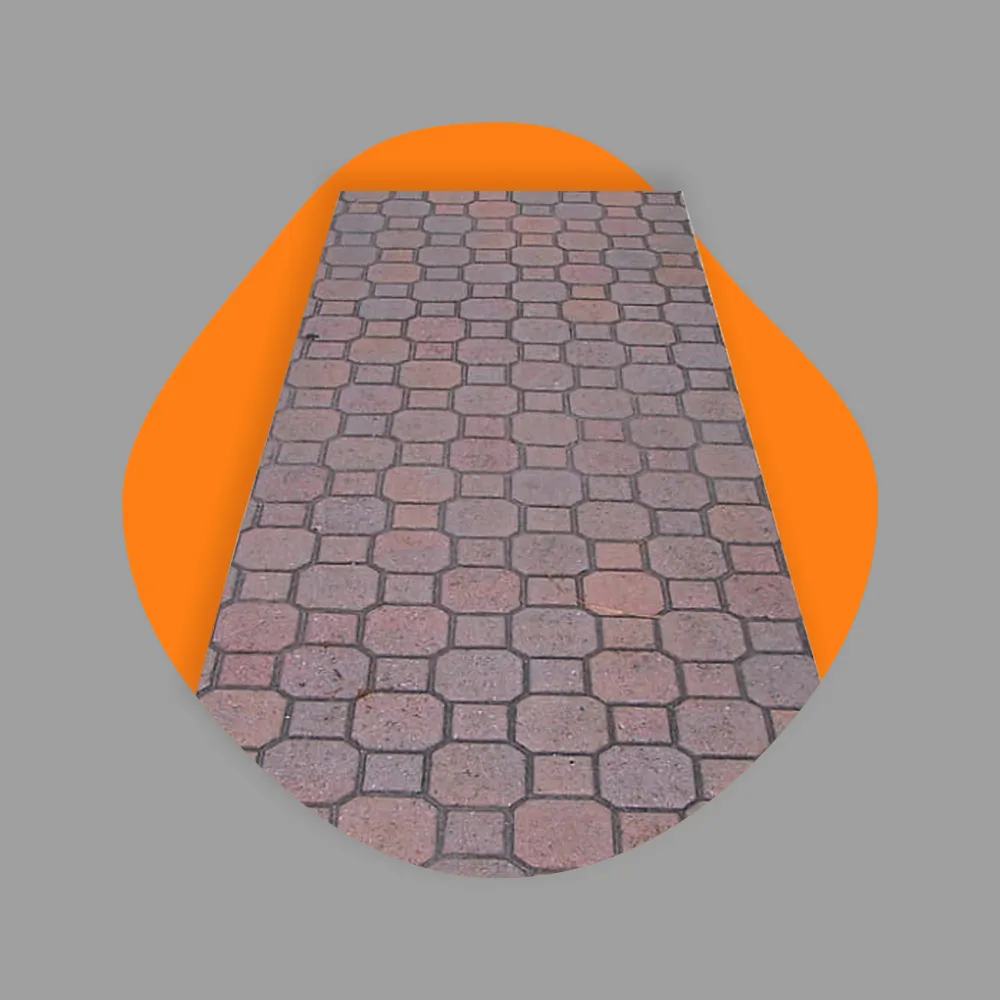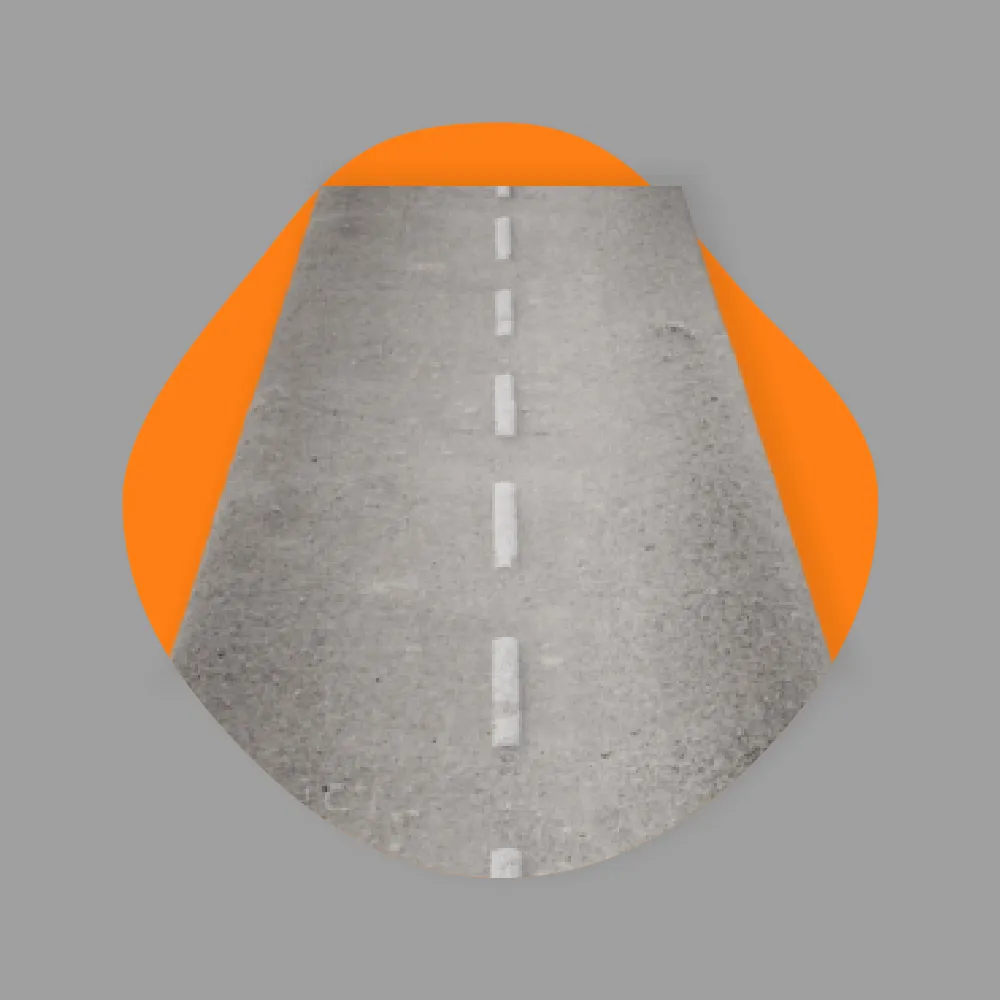Road Construction

WBM Road
WBM road construction involves the use of aggregates like crushed stones of specific sizes and water.
The base layer consists of compacted aggregates bound together by water, providing stability and strength.
These roads are cost-effective and suitable for low to medium traffic volumes, rural areas, and temporary roads.
Paver Road
Paver roads are constructed using asphalt or concrete pavers, which lay down the material in a precise and uniform manner.
Asphalt paver roads involve laying asphalt mixtures composed of aggregates, binder, and filler materials.
Concrete paver roads are constructed by placing and finishing concrete with specialized machinery.
Paver roads offer smooth surfaces, durability, and are ideal for high-traffic areas like highways, urban streets, and airports.


Bitumen Road
Bitumen roads, also known as asphalt roads, utilize bituminous binder mixed with aggregates. The bituminous binder, derived from crude oil, acts as a binding agent, holding the aggregates together. Bitumen roads are flexible, weather-resistant, and provide good skid resistance. They are suitable for various traffic volumes and are commonly used in urban and rural areas for roads, highways, and parking lots.
Learn MoreRCC Road
RCC roads are constructed using reinforced cement concrete, which consists of cement, aggregates, water, and reinforcement steel bars. The concrete mixture is poured into forms and allowed to cure, forming a solid and durable road surface. Reinforcement bars provide additional strength and help resist cracking and deformation. RCC roads offer excellent load-bearing capacity, longevity, and resistance to environmental factors like water and chemicals. They are commonly used for heavy traffic areas, industrial zones, bridges, and flyovers.
Learn More
